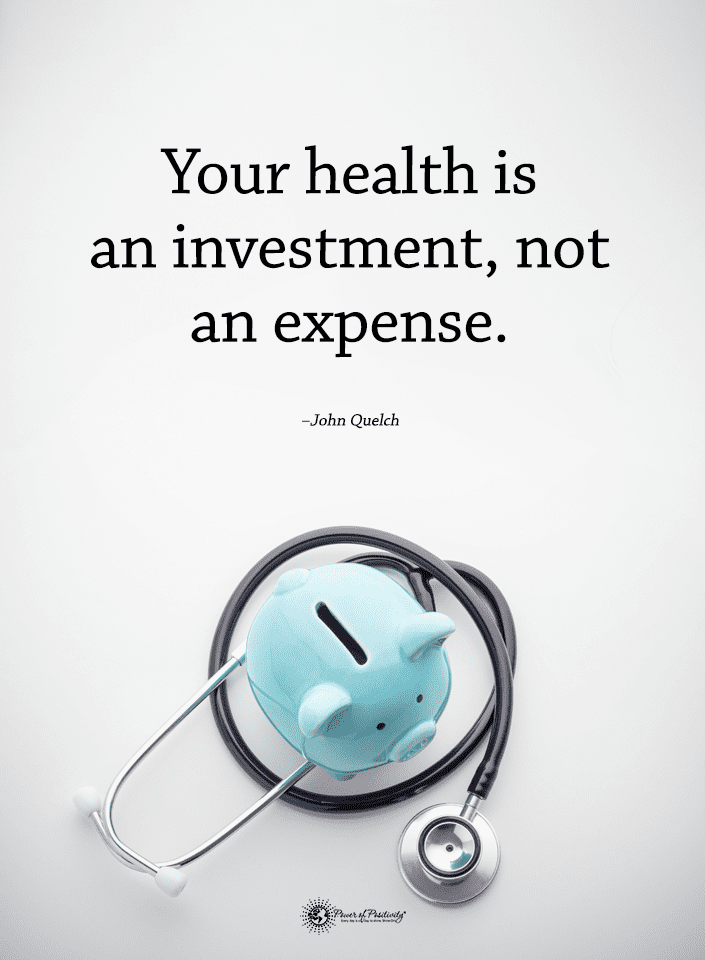Here’s hope for healing this inflammatory disease.
Knowledge is not just power—it’s also a form of protection, especially regarding health. Diverticulitis is one of many health conditions that are crucial to understand. It can quietly affect many. However, it can be managed effectively with early detection and the right approach. This article will explore the ten key signs of diverticulitis, equipping you with the knowledge to recognize this condition and take proactive steps toward managing it.
Before we explore these signs, let’s first get a clear picture of diverticulitis and why it’s important to watch for its symptoms. Awareness is your first line of defense, and understanding the nuances of this condition is key to ensuring you stay one step ahead in your health journey.
Understanding Diverticulitis
So, what exactly is diverticulitis? In simple terms, it’s a condition that occurs when small pouches, known as diverticula, form in the lining of your digestive system and become inflamed or infected. These pouches are most commonly found in the lower part of the large intestine (the colon). While the formation of diverticula, known as diverticulosis, is relatively common and often harmless, the progression to diverticulitis can bring about troublesome symptoms and requires careful management.
According to research, diverticulitis can affect anyone. However, it’s most common in those over the age of 40. The exact cause of diverticulitis isn’t entirely clear, but it’s believed that a low-fiber diet and other lifestyle factors play a significant role.
As we discuss the signs of diverticulitis, remember that early recognition of these symptoms is essential. Catching and addressing the symptoms early can significantly impact your treatment journey and overall well-being.

What Are the Main Signs of Diverticulitis?
These signs point to diverticulitis, among many other conditions. The only accurate diagnosis will come from your doctor. Seek help from your primary care physician, especially if minor or subtle symptoms persist.
1 – Abdominal Pain and Diverticulitis
One of the foremost signs of diverticulitis is abdominal pain. This isn’t just any discomfort; it’s often described as a persistent pain in the lower left of the abdomen. The pain can vary from a mild annoyance to a severe, crippling sensation. This difference in pain intensity is important because it’s a key factor in determining when to seek medical help. The Mayo Clinic advises that you should call a doctor if the abdominal pain is persistent and severe.
2 – Dealing with Fever
Another common companion of diverticulitis is fever. The inflammation of the diverticula can raise your body temperature. When coupled with abdominal pain, fever forms a classic duo that shouldn’t be ignored. Follow common fever management techniques such as staying hydrated and resting. However, if your fever is high or persistent, especially with severe abdominal pain, consult a doctor. This combination could indicate a more serious infection that needs medical intervention.
Fever Guidelines from the CDC:
The Centers for Disease Control and Prevention (CDC) provides specific guidelines for identifying and managing fever, which is considered a key symptom in identifying potential infectious diseases. According to their protocol, a person is considered to have a fever if they have a measured temperature of 100.4°F (38°C) or higher, feel warm to the touch, or report a history of feeling feverish. The agency emphasizes that while measuring temperature is the preferred method for detecting fever, other signs like a flushed face or chills can also indicate fever when measuring is not possible.
It’s important to note that the presence of fever, especially when accompanied by other symptoms like a rash or difficulty breathing, may suggest an infectious cause.
Here are some general care tips for managing a fever:
- Stay Hydrated: Drink plenty of fluids to prevent dehydration.
- Rest: Ensure enough rest to help the body fight the infection.
- Cool Down: Use a damp cloth on your forehead, take a lukewarm bath, or use a fan.
- Over-the-Counter Medication: Consider fever-reducing medications like acetaminophen or ibuprofen, following dosage instructions.
- Dress Comfortably: Wear light, breathable clothing.
It’s important to consult a healthcare professional for personalized advice, especially if the fever is high, persistent, or accompanied by other severe symptoms.
3 – Changes in Bowel Habits Might Mean Diverticulitis
Diverticulitis can also lead to notable changes in bowel habits, such as constipation or diarrhea. That’s especially important to heed if you rarely experience bowel disturbances.
In fact, any time you experience extreme changes in your bowel habits, you should seek medical advice if it doesn’t resolve within a day or so.
4 – Nausea and Vomiting
Nausea and vomiting can also accompany diverticulitis. This discomfort is usually caused by inflammation and infection in the digestive system. However, if nausea and vomiting are persistent, leading to dehydration, or if accompanied by severe abdominal pain or fever, medical attention is necessary.
5 – Loss of Appetite and Its Effects
Diverticulitis can often lead to a loss of appetite. This change in eating habits is typically a response to abdominal pain and discomfort. When you’re dealing with pain and inflammation in your digestive system, the idea of eating can become unappealing. It’s essential, however, to maintain proper nutrition to support your body’s healing process. The
6 – Bloating and Gas
Bloating and gas are common symptoms that accompany diverticulitis. These uncomfortable feelings are often due to the irritation and inflammation of the intestinal walls. If bloating and gas are accompanied by severe pain or last for an extended period, seeking medical attention is advisable.
7 – Abdominal Tenderness Could Be Diverticulitis
Abdominal tenderness can be diverticulitis, particularly when you touch your lower left abdomen. This tenderness is typically a result of the inflammation and infection in the diverticula. It could also indicate a complication, such as a perforation in the colon. Early medical intervention is key in preventing more serious issues.

8 – Blood in Stool: Understanding the Risks
While not as common as other symptoms, blood in the stool can be a serious indicator of diverticulitis. This symptom usually occurs due to bleeding from the inflamed diverticula. Blood in the stool can also reveal other potentially serious conditions, and determining the cause is essential for appropriate treatment. Immediate medical consultation is crucial to ensure your health and safety.
9 – Urinary Symptoms Linked to Diverticulitis
Diverticulitis can sometimes impact more than just your digestive system. Some individuals experience urinary symptoms like increased urgency or frequency and, in some cases, pain during urination. That happens because the inflamed tissue can affect nearby organs, including the bladder. While these urinary symptoms can sometimes be managed at home with increased fluid intake and avoiding irritants like caffeine, medical advice is crucial to ensure they are not signs of more serious complications.
10 -Fatigue: The Most Subtle Symptom
Fatigue is a subtler symptom of diverticulitis, yet it shouldn’t be overlooked. This tiredness is more than just feeling sleepy; it’s a deep sense of exhaustion that doesn’t go away with regular rest. If your fatigue is persistent and impacts your daily life, discussing it with a healthcare professional to rule out other possibilities and receive proper guidance is important.
Health and Nutrition: Best Foods for Diverticulitis
Well-managed diverticulitis requires a strategic approach to your diet. According to Johns Hopkins Medicine, choosing the right foods can significantly aid healing. Here’s a breakdown of the dietary recommendations:
During a Diverticulitis Flare-Up:
- Low-Fiber Foods: These low-fiber options are easier on your digestive system.
- White bread, pasta, and rice.
- Well-cooked vegetables without skins or seeds.
- Canned or cooked fruits; no skin or seeds.
- Dairy products, eggs.
- Tender, ground, or well-cooked meats.
After Inflammation Subsides:
- High-Fiber Foods: Eating fiber is important for long-term management and prevention.
- Whole grains: brown rice, quinoa, oats, and barley.
- A variety of vegetables and fruits.
- Legumes, including beans, lentils, and chickpeas.
General Tips:
- Gradual Transition: Slowly increase fiber after a flare-up.
- Stay Hydrated: Drink sufficient water daily to help fiber work effectively.
- Personalize Your Diet: Consult with healthcare providers for tailored advice.
Incorporating these dietary adjustments helps during a diverticulitis episode and contributes to overall digestive health. Remember, individual needs can vary, so it’s always wise to seek personalized advice from healthcare professionals.
Final Thoughts on Identifying Diverticulitis and Methods to Heal
Recognizing the signs of diverticulitis is the first step in taking charge of your health. From the more obvious symptoms like abdominal pain and fever to the subtler ones like fatigue, each sign offers valuable insight into your well-being. Seeking medical advice is not just about treatment. Rather, it’s about prevention and managing your health proactively. A doctor will give you the most accurate diagnosis and help you heal.
Adopting a healthier lifestyle, including a balanced menu and routine exercise, can help manage diverticulitis and increase your overall physical and mental health. Remember that caring for your health is a journey, not just a destination. By being aware of these signs and understanding their importance, you will quickly start making significant strides in maintaining your health and well-being.
The post 10 Signs of Diverticulitis (and What To Do) appeared first on Power of Positivity: Positive Thinking & Attitude.




